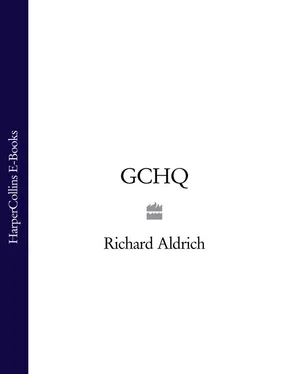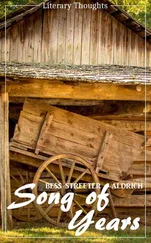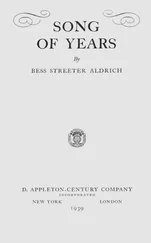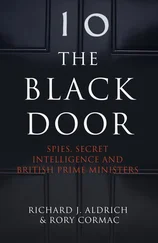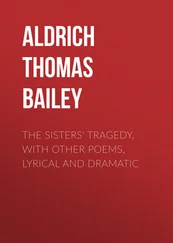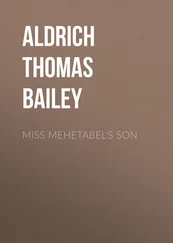Venona also had ramifications in the British Commonwealth. In July 1947, Field Marshal Montgomery, now Chief of the Imperial General Staff, had held a meeting with Australia’s Minister for External Affairs, Dr H.V. Evatt, about joint weapons development in Australia. Montgomery noted that ‘good security precautions are very necessary’ because of the appearance in Australia of a spy who was connected to the Igor Gouzenkou case, in which a defecting KGB cypher clerk had revealed a major spy ring in Ottawa in 1946. But in November and December 1947 Venona revealed that despite enhanced security precautions, sensitive documents were regularly leaking from Canberra to the KGB. 43 These revelations soon made their way to the highest level. On 27 January 1948, Admiral Roscoe Hillenkoeter, Director of the CIA, warned President Truman: ‘Indications have appeared that there is a leak in high government circles in Australia, to Russia.’ He explained that MI5 was engaged in expansive undercover investigations to determine just where the leakages were. 44 Highly sensitive material had been passed to the KGB from the Department of External Affairs in Canberra. The Soviets considered it to be spectacular stuff, for it included copies of the ‘explosive’ future strategy papers drafted by the British Post Hostilities Planning Committee, or ‘PHP’. This was bare-faced anti-Soviet planning material, prepared with the encouragement of the British Chiefs of Staff, that had already resulted in rows in Whitehall. Anthony Eden, then Foreign Secretary, had banned its circulation abroad in late 1944, but by then it was too late, and the volatile PHP reports had already made their way via Canberra to Moscow. 45 The KGB chief in Australia considered the PHP papers to be such an important coup that he asked Moscow for permission to send them by cypher rather than courier. This was a bad mistake, for the two lengthy papers, ‘Security in the Western Mediterranean and the Eastern Atlantic’ and ‘Security of India and the Indian Ocean’, provided the code-breakers with a vast word-for-word ‘crib’ to get into other Soviet traffic. 46 Partly because it was relatively easy to identify which documents had been taken in Australia, the KGB Moscow–Canberra cables proved to be the most successful part of the Venona operation. Remarkably, by early 1948 so much progress had been made that GCHQ was virtually reading the messages in real time. 47
London did not regard the Australians as competent enough to handle this security crisis. In February 1948 Sir Percy Sillitoe, the head of MI5, was despatched to Australia. With him came Roger Hollis, head of MI5’s C Division (later himself wrongly accused of working for the KGB), concerned with protective security and background checks, and another senior security officer, Roger Hemblys-Scales. With Courtney Young, MI5’s resident Security Liaison Officer in Australia, they persuaded the Prime Minister, Ben Chifley and Defence Minister, Frederick Shedden, to permit vigorous investigations. In July, following further discussions with British Prime Minister Clement Attlee, the Australians accepted British proposals for the creation of an Australian equivalent of MI5 later known as the Australian Security Intelligence Organisation (ASIO). 48 Sillitoe returned to London, but Hollis and Hemblys-Scales remained in Australia to set up ASIO and work on the list of Venona suspects, which numbered twelve.
Thereafter, ASIO was almost entirely focused on what it called ‘The Case’. Tracing documents quoted in KGB traffic indicated likely suspects, including a typist, Frances Bernie, who helped to run a Communist youth league and who worked personally for Dr Evatt, the Minister for External Affairs. It also pointed to two Australian diplomats with Communist leanings, Ian Milner and Jim Hill. Hollis and Courtney Young did not tell the Australians that the names came from intercepts, but the nature of the material led some of the more experienced ASIO hands to suspect sigint as the key source. Some of the suspects were referred to by code names rather than real names, and their identities could only be deduced by careful circumstantial guesswork. Milner and Hill, who were identified positively, refused to ‘come over’. William Skardon, MI5’s most experienced interrogator, made a soft approach to Hill when he visited London in 1950, trying to persuade him to ‘be sensible’ and ‘make a clean breast of it’, but Hill denied everything. 49
The ‘Venona Twelve’ kept ASIO’s staff of close to two hundred busy well into the 1950s. Each new suspect opened a world of further associates and contacts who required separate examination. The task was difficult, since the Communist Party of Australia had long expected to be banned, and had built up a substantial underground organisation. Not unlike the Communist Party of India, seasoned by years of security attention, it had also achieved some infiltration of the police. Even the infiltration of ASIO seemed a possibility. ASIO’s staff worked around the clock watching and bugging the flats of suspect Soviet diplomats in Canberra. Each visitor was tailed and investigated. ASIO’s staff were learning the hardest lesson of counter-espionage and counter-subversion: working security cases really diligently only manufactured more leads and opened more cases. 50 Almost a quarter of the Venona messages relating to Canberra still remain classified, presumably because they relate to KGB agents not pursued or prosecuted. 51
The British and Australians were not alone in suffering KGB penetration. Although headlines about Klaus Fuchs and Donald Maclean generated anxiety about Britain amongst the American elite, those on the inside knew Washington had its fair share of Soviet agents. Venona uncovered spies in the State Department, the Treasury, even in the White House. They included Harry Dexter White, a senior Treasury official, and Laughlin Currie, who had been a personal assistant to Franklin D. Roosevelt. This was not particularly surprising, since the vast influx of academics and scientists moving into government work during wartime had inevitably included some Communist Party sympathisers. The Office of Strategic Services, forerunner of the CIA, which had recruited heavily from the East Coast academic establishment, harboured perhaps a dozen people working for the Soviets.
Venona had profound implications for the development of the security state in America, Britain, Canada and Australia. Just at the moment when the public were anxious to throw off the claustrophobic constraints of wartime security, officials were confronted with irrefutable evidence of a massive programme of Soviet espionage. Selling strong security measures in the late 1940s was an uphill task. This was nowhere more true than in Australia. The creation of ASIO by a Labor Prime Minister, Ben Chifley, was a remarkable development. Like the British Labour Party, its Australian counterpart had historically been sceptical about surveillance, associating it with right-wing anti-union activities. In Britain too, Venona led indirectly to the introduction of detailed personal background checks, or ‘positive vetting’, for officials. British civil servants resisted the idea, but it was increasingly clear that without it, Anglo–American strategic cooperation on matters like atomic energy was likely to end. 52
Venona represents a documentary source of high value, and has helped to resolve some of the most bitterly contested Cold War espionage cases. These include the famously controversial cases of the atomic scientist Julius Rosenberg and the diplomat Alger Hiss, who were both active espionage agents for the Soviets. In these important cases, Venona offers us what Nigel West has rightly called ‘a glimpse of the unvarnished truth’. 53 At the same time, much of the Venona material is rather fragmentary, and in 1995 it was further obfuscated by the lamentable decision of the British and American governments to blank out some names on grounds of potential political embarrassment. Some KGB code names for individuals were re-used and given to more than one person. Moreover, it is possible that a minority of the people who appear in the Venona cables did not knowingly have a relationship with Soviet intelligence officers, or were identified as possible targets for future recruitment, but were never actually recruited. The tendency of some intelligence officers to exaggerate their triumphs has also to be borne in mind. In short, Venona has provided us with fabulous revelations, but the full story awaits the moment when historians access the files of the KGB and Soviet military intelligence, or GRU, in Moscow. That will not happen for a long time yet.
Читать дальше
